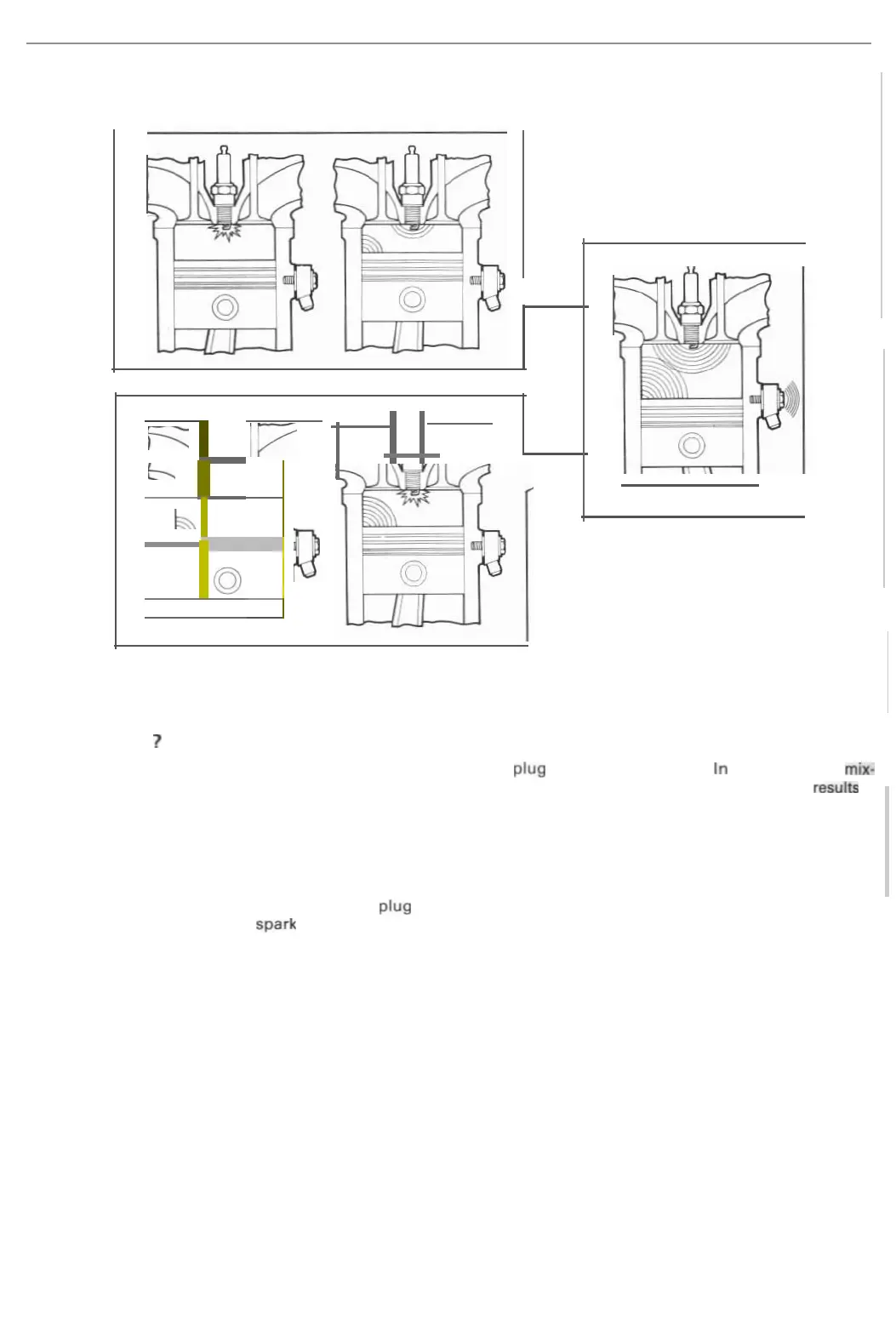
 Loading...
Loading...
Do you have a question about the Volvo B 230 FT and is the answer not in the manual?
| Engine Type | Inline 4-cylinder |
|---|---|
| Fuel System | Electronic Fuel Injection |
| Cylinder Bore | 96 mm |
| Piston Stroke | 80 mm |
| Turbocharger | Yes |
| Displacement | 2.3 L (2316 cc) |
| Valvetrain | SOHC, 8-valve |